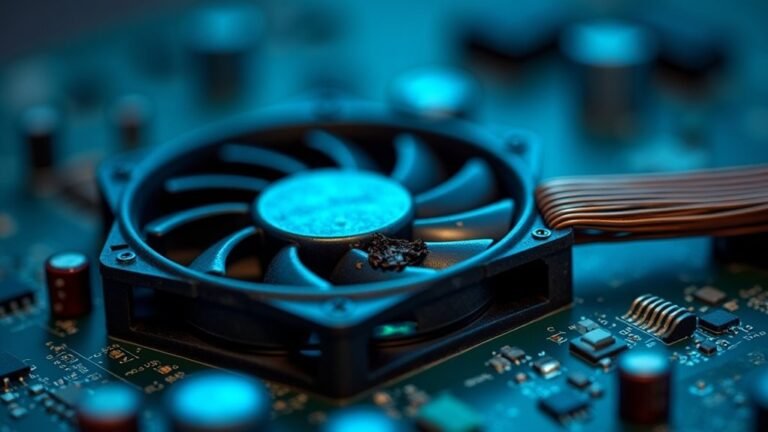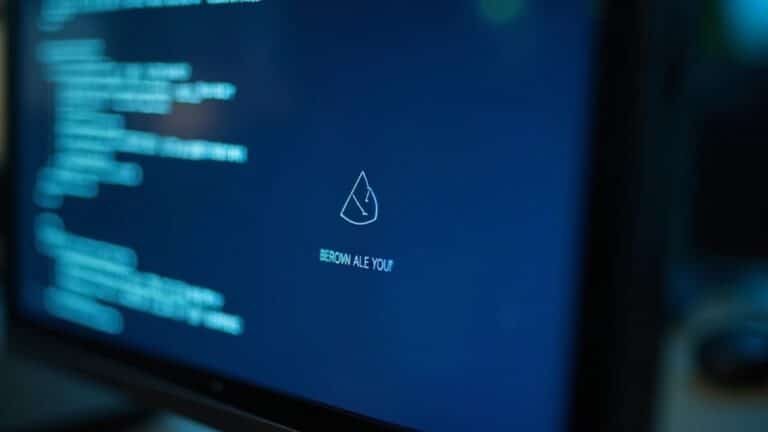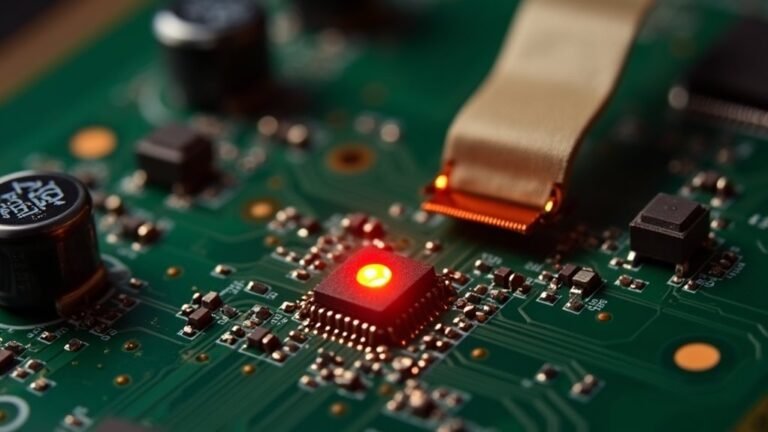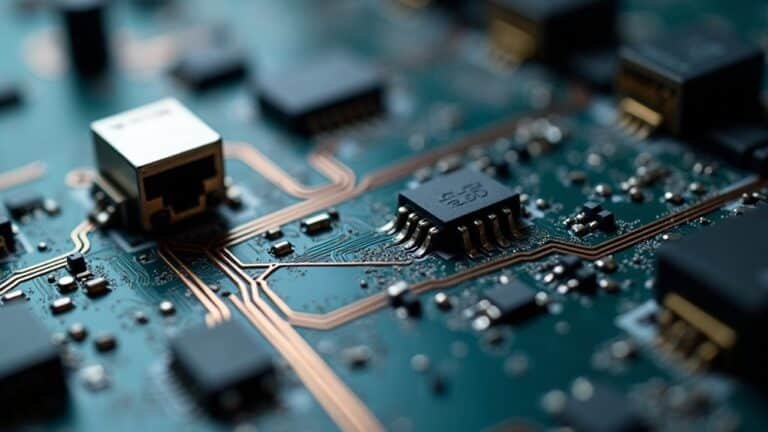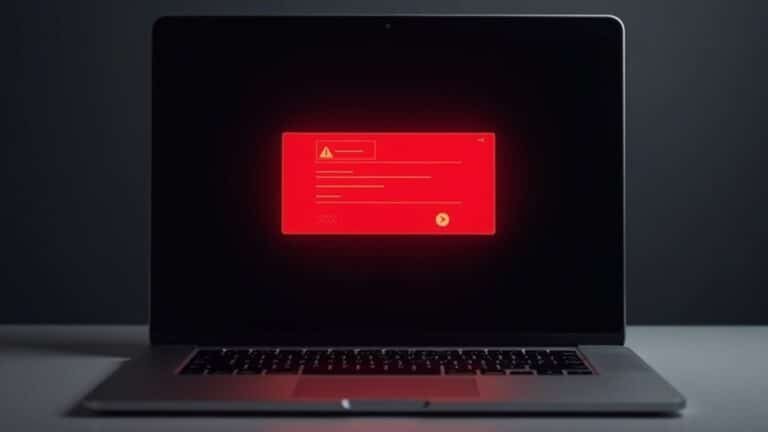Windows Error Code 2: Fix File Not Found Error
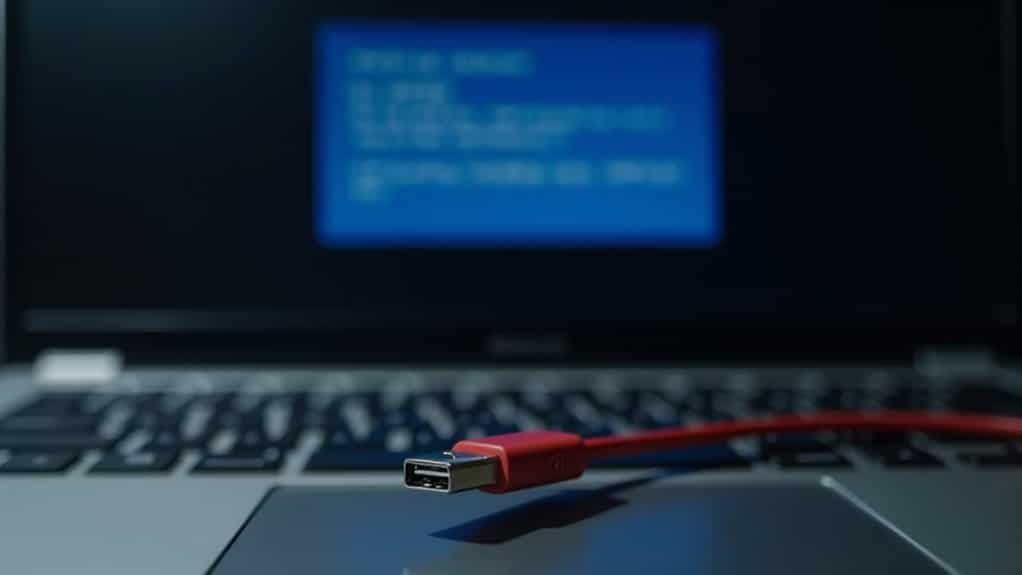
To fix Windows Error Code 2 (“File Not Found”), start by checking Event Viewer to identify the missing file or faulty path. Confirm whether the file or application exists on your system.
Next, repair system files using SFC and DISM tools. Also, verify software paths or shortcuts to ensure they point to the correct location.
If the file is missing, restore it from a backup or reinstall the application. Additionally, scan your system for malware and check file permissions.
You will find practical step-by-step solutions and best practices to prevent this error in the upcoming sections.
Understanding Windows Error Code 2
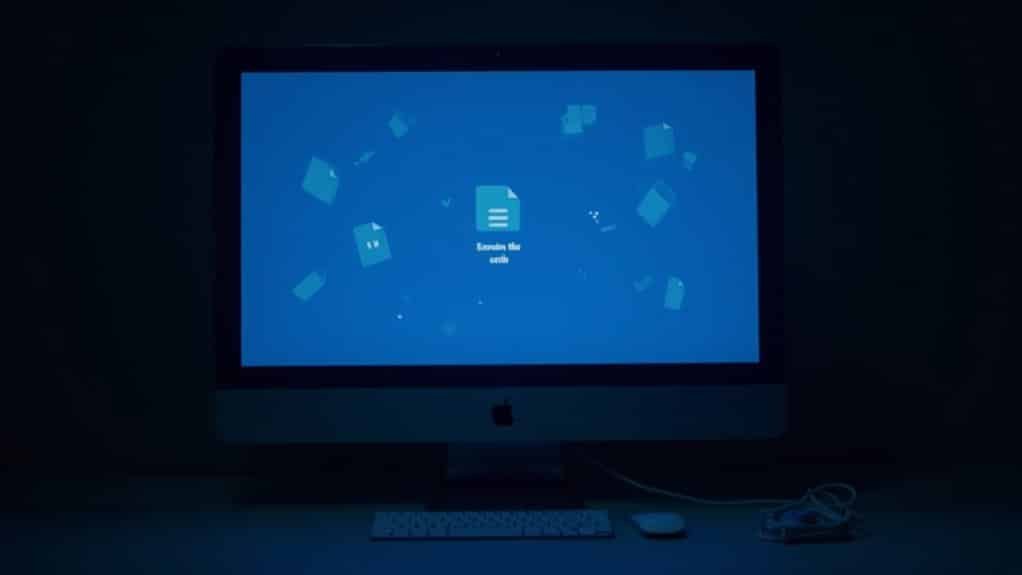
Understanding Windows Error Code 2: How to Fix the “File Not Found” Issue
Windows Error Code 2 is a common error that occurs when the system or an application can’t find a necessary file for a requested operation. Known as the “File Not Found” error, this code indicates that a required file is missing or its file path is incorrect.
You might encounter Windows Error Code 2 during program launches, system startups, or driver installations, especially if files have been deleted, corrupted, or moved. When troubleshooting in Device Manager, note that not all error codes are displayed directly—if you are dealing with a hardware device, check the Device status area in the Properties dialog box for additional error information.
This error is generated by Windows through low-level API calls and is often logged for troubleshooting by developers and system administrators.
To identify the root cause of Windows Error Code 2, check error messages and system logs for the numeric value “2.” Useful Windows tools like Event Viewer and Device Manager can help pinpoint the missing file or resource causing the problem.
To resolve Windows Error Code 2, verify the file path, ensure the file exists at the expected location, and confirm proper permissions are set.
Also, review related registry entries that might affect the file’s accessibility. Remember, this error specifically means the file isn’t found—not just that access is denied—so accurate troubleshooting starts with confirming the file’s presence.
Common Causes Behind the File Not Found Error
Understanding the Common Causes Behind Windows Error Code 2: File Not Found
Windows Error Code 2, commonly known as the “File Not Found” error, occurs when your system can’t locate a crucial file needed for an application or process to run. Identifying the main causes behind this error can help you troubleshoot effectively and restore your system’s functionality quickly.
Top 4 Reasons for the Windows “File Not Found” Error:
- Incomplete Installations: Interrupted or failed software installations often leave essential files missing, triggering the File Not Found error in Windows.
- Malware or Adware Infections: Malicious software can corrupt, delete, or hide important files, changing file paths and causing Windows to report them as missing.
- File System or Disk Corruption: Issues such as bad sectors, sudden power outages, or corrupted file tables can damage files, making them unreadable or invisible to Windows. Another contributing factor is a corrupted system data file, which can seriously impact your computer’s ability to access required files.
- Path or Permission Issues: Renaming, moving, or deleting files, incorrect user permissions, or restrictive Windows Security settings can block access to necessary files.
Typical Situations Where Error Code 2 Occurs
Common Causes of Windows Error Code 2 and How to Fix Them
Windows Error Code 2, often indicating “File Not Found,” frequently occurs due to incorrect file paths or misconfigured settings. This error commonly appears when launching applications if their shortcuts point to files that have been moved or deleted.
It also arises during batch jobs that call missing scripts. Command line operations are another typical scenario—typos, missing file extensions, or incorrect working directories can trigger Error Code 2 by causing the system to report a file as not found.
In network environments, Error Code 2 may occur if a mapped network drive is disconnected, a file has been deleted, or if the user lacks the necessary permissions to access specific files.
Additionally, starting Windows services can fail with this error if essential executables or configuration files are missing, often after system cleanups or incomplete software installations.
Developers often face Windows Error Code 2 during software builds or debugging sessions when project files or dependencies are renamed, deleted, or incorrectly referenced in scripts. This is especially prevalent in automated build and deployment processes.
Understanding these common causes of Windows Error Code 2 can help you troubleshoot and resolve the issue efficiently.
How to Diagnose and Troubleshoot Error Code 2

How to Diagnose and Troubleshoot Windows Error Code 2: A Step-by-Step Guide
Are you encountering Windows Error Code 2 and wondering how to fix it? This common error usually indicates missing or corrupted system files, broken registry entries, or absent software dependencies such as Visual C++ redistributables and DirectX.
To effectively diagnose and troubleshoot Error Code 2, follow these proven steps:
1. Check Event Viewer for Detailed Error Logs
Open the Windows Event Viewer to examine system logs. Look for specific error messages that identify which file or module failed to load, helping you pinpoint the exact cause of Error Code 2.
2. Inspect Windows Registry for Invalid Entries
Run the Registry Editor (regedit) and carefully review keys related to the failing application or service. Search for any invalid, missing, or corrupted registry entries that could trigger Error Code 2.
3. Run System File Checker (SFC) and DISM Tools****
Use the built-in System File Checker and Deployment Imaging Service and Management Tool with administrator privileges to scan and repair corrupted or missing Windows system files causing the error.
4. Verify and Update Essential Software Dependencies
Ensure all required dependencies such as Visual C++ Redistributables, DirectX, and .NET Framework are properly installed and up to date to avoid runtime errors linked to Error Code 2.
By following these diagnostic steps, you can accurately identify the root cause of Windows Error Code 2 and apply the right fixes.
For more detailed troubleshooting tips and solutions, continue exploring our Windows error troubleshooting guides.
Effective Solutions and Workarounds
Effective Solutions to Fix Windows Error Code 2 Quickly
If you’re encountering Windows Error Code 2, several proven solutions can help you fix this issue and get your system running smoothly again. Here’s a step-by-step guide to resolve Windows Error Code 2 efficiently:
1. Use Data Recovery Tools for Missing or Deleted Files
If files are missing or accidentally deleted, use reliable data recovery software. Install a trusted recovery app, perform a deep scan of your storage device, and preview recoverable files before restoring. This prevents recovering unwanted or corrupted data and ensures you only restore the necessary files.
2. Boot Windows in Safe Mode to Troubleshoot Error Code 2
Restart your computer and press F8 or Shift + F8 during startup to enter Safe Mode. Safe Mode loads only essential drivers and services, allowing you to troubleshoot Windows Error Code 2 without interference from third-party applications or drivers.
3. Restore Missing System Files Manually
If specific system files are missing, locate backup copies in folders like C:WindowsSystem32dllcache. Before copying, always back up the original files. Manually replace missing or corrupted files to fix Windows Error Code 2 caused by system file issues.
4. Run CHKDSK to Repair Disk Errors
Open Command Prompt with administrative privileges, then type the command: chkdsk /f and press Enter. This utility scans your hard drive for errors and repairs them, which can resolve disk-related causes of Windows Error Code 2.
5. Perform a Clean Boot to Identify Software Conflicts
Use System Configuration (msconfig) to disable all non-Microsoft services and startup items. Restart your PC in a Clean Boot state to isolate software conflicts that trigger Windows Error Code 2. Gradually re-enable services and startup programs to pinpoint the conflicting application.
By following these effective troubleshooting steps, you can quickly fix Windows Error Code 2 and restore your computer’s performance. For ongoing protection, regularly back up important files and keep your system updated.
Keywords: Windows Error Code 2 fix, how to fix Windows Error Code 2, Windows Error Code 2 solutions, troubleshoot Windows Error Code 2, CHKDSK Windows Error Code 2, Safe Mode Windows error, data recovery Windows Error Code 2
Best Practices to Prevent File Not Found Errors
Preventing File Not Found Errors: Essential Best Practices for Windows Users
File Not Found errors can interrupt your workflow and risk data loss, but you can avoid these common issues by following proven best practices. Implementing a strategic approach to file backup, organization, system maintenance, and security will help you safeguard your important files and maintain smooth access. Here’s how to prevent File Not Found errors effectively:
- Enable Auto-Backup with Windows File History or OneDrive: Automatically back up your files using built-in Windows tools like File History or cloud services such as OneDrive. Regularly check your backup settings and restore previous file versions to recover lost data quickly.
- Maintain Consistent File Naming and Folder Organization: Create clear, logical folder structures and use straightforward file names without special characters. Establish and document naming conventions to minimize file misplacement and broken links, ensuring easy file retrieval.
- Use Reliable System Maintenance Tools to Ensure Disk and System Health: Schedule regular CHKDSK scans to detect disk errors, run trusted antivirus software to prevent malware-related file issues, and avoid unverified cleaning utilities. Monitor your hardware’s condition and use professional recovery software if files are accidentally deleted.
- Set Proper Access Permissions and Security Settings: Configure folder and file permissions carefully, review security policies regularly, and make sure user accounts have appropriate rights. Proper permissions help prevent unauthorized access and reduce File Not Found errors caused by permission issues.
By following these best practices, you can significantly reduce the risk of encountering File Not Found errors on your Windows PC and keep your data secure and accessible.
For more tips on file management and error prevention, explore our detailed guides and tutorials.
Frequently Asked Questions
Can Error Code 2 Affect Network Drives or Mapped Locations?
Yes, you’ll encounter Error Code 2 on network drives or mapped locations if Windows can’t locate the shared file. Check your network path, sharing permissions, SMB settings, and make certain the device is online. Remap drives if needed.
Does Error Code 2 Appear in Non-Windows Operating Systems?
Imagine searching for a lost key in the wrong house—you won’t find Error Code 2 in non-Windows operating systems. Instead, you’ll encounter native codes like ENOENT in Linux or macOS when files aren’t found.
Is There a Way to Automate Detection of Missing Files?
Yes, you can automate missing file detection by setting up automation tools like Power Automate to scan directories, compare expected versus actual files, and trigger alerts or actions. Use conditional logic and logging to guarantee reliable, accurate checks.
How Does Error Code 2 Impact System Performance?
Imagine your PC freezes on startup because an essential system file’s missing. You’ll notice longer boot times, memory leaks, and slowdowns. You’ll also struggle to manage services, making troubleshooting harder and reducing overall system reliability.
Are There Third-Party Tools to Help Recover Files Causing Error Code 2?
Yes, you can use third-party tools like AOMEI Partition Assistant, Disk Drill, DiskGenius, or EaseUS Data Recovery Wizard. Install one on a different drive, scan your device, preview recoverable files, and save recovered data elsewhere.
Conclusion
When you face Windows Error Code 2, remember: “A stitch in time saves nine.” Addressing the file not found error promptly prevents bigger issues later. By following step-by-step troubleshooting—like checking file paths, permissions, and reinstalling programs—you’ll quickly get back on track. Stay proactive by keeping your system organized and regularly backing up important data. With these technical best practices, you’ll minimize disruptions and handle error code 2 with confidence every time it appears.
